I am using the Lomb-Scargle code to estimate some frequencies in a short time-series, the time series is shown in the first image. The results of the Lomb-Scargle analysis are shown in the second, and I have zoomed in on a prominent peak at about 2 cycles per day. However this peak is smeared and thus it is proving difficult to resolve the real frequency of this component. Is there any other methods, or improvements to the method I am using, to accurately resolve the important frequency components within this short time-series?



There is some information on the use of methods for short time series here but its not clear whether they need to be regularly sampled. Ideally I am looking for a method that works with irregularly sampled data, from some research it appears that maximum entropy methods are the answer, but I am not sure whether these have been implemented in MATLAB? Although from the this link, it appears that there is an equivalent method, 'The Yule-Walker AR method produces the same results as a maximum entropy estimator. However again its not clear whether the data need to be uniformly sampled?